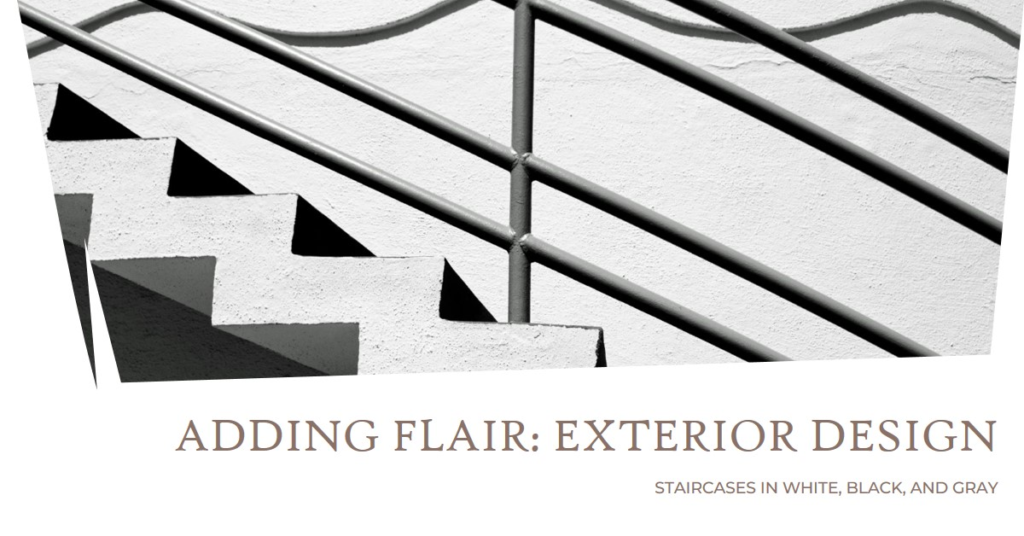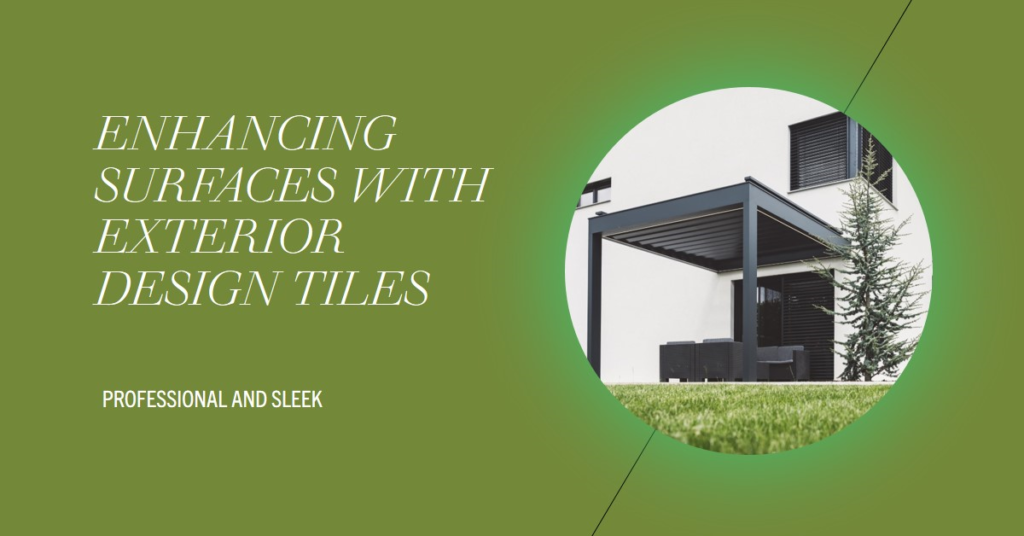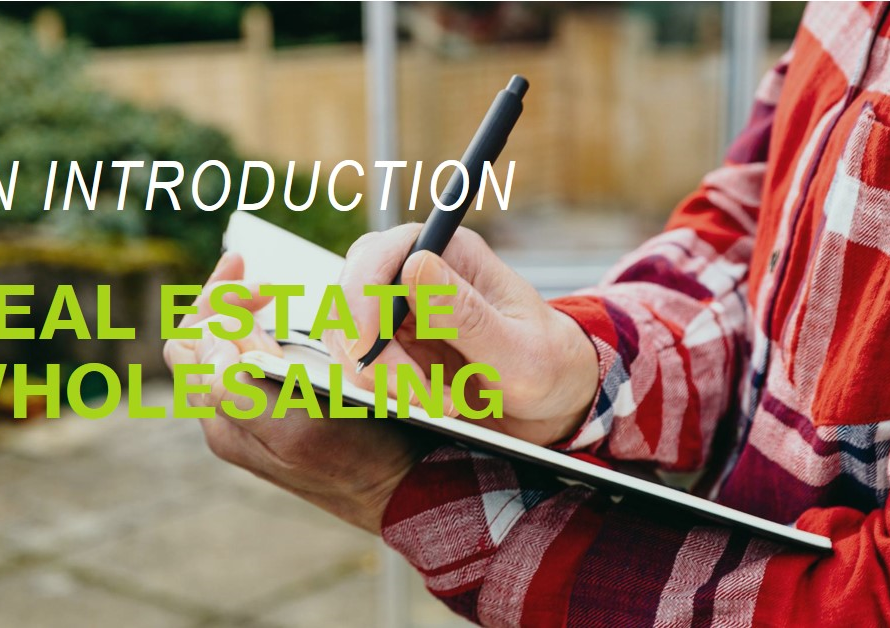
Table of Contents
- Introduction: The Power of Color in Exterior Design
- The Psychology of Color: Influencing Emotions and Perceptions
- Color Theory 101: Harmonizing Your Palette
- Choosing the Right Primary Color: Making a Bold Statement
- Accentuating Architectural Features: Highlighting with Contrasts
- The Role of Neutrals: Balancing and Grounding
- Seasonal Considerations: Adapting to Climate and Environment
- Landscaping Integration: Creating a Cohesive Outdoor Space
- Maintenance and Durability: Ensuring Longevity of Colors
- Personalization and Trends: Reflecting Individual Style
- Conclusion: Embracing the Power of Color
Introduction: The Power of Color in Exterior Design
Color holds the transformative power to bring any space to life. In exterior design, it’s the first impression, a visual handshake that can captivate, inspire, and communicate the essence of a building. Whether you’re aiming for a subtle, sophisticated look or a bold, vibrant statement, the right color palette can enhance architectural details, highlight landscaping, and reflect the personality of the inhabitants.
In this blog post, we’ll explore the myriad ways color can be harnessed to create stunning exterior designs. From understanding color theory to practical application tips, we’ll guide you through creating vibrant spaces that not only look good but feel inviting and cohesive.
The Psychology of Color: Influencing Emotions and Perceptions
Colors have a profound impact on our emotions and perceptions. Understanding the psychology behind colors can help in selecting hues that evoke the desired mood and atmosphere.
For instance, warm colors like red, orange, and yellow are energizing and attention-grabbing, making them perfect for creating a lively and welcoming exterior. In contrast, cool colors such as blue, green, and purple evoke calmness and serenity, ideal for creating a tranquil and harmonious facade.
Color Theory 101: Harmonizing Your Palette
Before diving into the selection process, it’s essential to grasp the basics of color theory. Understanding the color wheel and the relationships between colors can help in creating a harmonious and balanced palette.
Complementary colors, which are opposite each other on the color wheel, create a vibrant and dynamic look. Analogous colors, located next to each other, offer a more subdued and harmonious appearance. Triadic color schemes, using three evenly spaced colors on the wheel, can produce a balanced yet lively effect.
Choosing the Right Primary Color: Making a Bold Statement
The primary color of your exterior sets the stage for the entire design. It should reflect the overall mood you want to convey while complementing the architectural style of the building.
For modern homes, shades of gray, white, or black can create a sleek and contemporary look. Traditional homes might benefit from classic hues like navy, beige, or forest green. Bold colors like deep red or cobalt blue can make a statement, adding a touch of uniqueness and personality to the facade.
Accentuating Architectural Features: Highlighting with Contrasts
Using contrasting colors to highlight architectural features can add depth and interest to your exterior design. This technique involves selecting a secondary color that contrasts with the primary color to draw attention to specific elements.
For instance, a white trim on a dark-colored house can make windows, doors, and other architectural details pop. Conversely, dark accents on a lighter facade can create a striking and sophisticated appearance. This approach not only enhances the visual appeal but also emphasizes the unique characteristics of the building.
The Role of Neutrals: Balancing and Grounding
Neutrals play a crucial role in exterior design by providing balance and grounding your color scheme. They act as a backdrop that allows other colors to shine without overwhelming the overall aesthetic.
Colors like white, gray, beige, and taupe can be used as primary or secondary colors to create a timeless and elegant look. They also work well in combination with bolder hues, offering a subtle contrast that enhances the overall design without stealing the spotlight.
Seasonal Considerations: Adapting to Climate and Environment
When selecting colors for your exterior, it’s important to consider the seasonal changes and the surrounding environment. Colors can appear differently depending on the lighting and weather conditions throughout the year.
In regions with a lot of sunlight, bright and reflective colors can help keep the building cooler and prevent fading. In areas with distinct seasons, choosing colors that complement the natural landscape can create a cohesive and harmonious look year-round.


Landscaping Integration: Creating a Cohesive Outdoor Space
Integrating your exterior color scheme with your landscaping can create a cohesive and unified outdoor space. The colors of your plants, flowers, and hardscaping elements should complement and enhance the overall design.
For instance, if you have a lot of greenery, choosing a color palette that includes shades of green can create a seamless transition between the building and the landscape. Flowering plants in colors that match or contrast with the exterior can add visual interest and tie the entire space together.
Maintenance and Durability: Ensuring Longevity of Colors
Durability and maintenance are key considerations when selecting exterior colors. Some colors and finishes are more resistant to fading, chipping, and weathering than others.
High-quality paints and stains specifically formulated for exterior use can provide long-lasting protection and color retention. Additionally, choosing colors that hide dirt and imperfections can reduce the need for frequent cleaning and upkeep, ensuring your exterior looks vibrant and fresh for years to come.
Personalization and Trends: Reflecting Individual Style
While it’s important to consider classic color combinations and practical considerations, don’t be afraid to infuse your personal style and follow current trends. Exterior color trends can offer inspiration and fresh ideas to create a modern and stylish look.
From bold and unconventional color choices to subtle and sophisticated hues, the possibilities are endless. Incorporating elements like murals, patterned tiles, or unique accents can also add a touch of personality and make your exterior truly one-of-a-kind.
Conclusion: Embracing the Power of Color
Color is a powerful tool in exterior design, capable of transforming a building and its surroundings. By understanding the psychology of color, mastering color theory, and considering practical aspects like maintenance and environmental factors, you can create a vibrant and cohesive exterior that reflects your personal style and enhances the overall aesthetic.
Whether you’re starting from scratch or looking to refresh an existing facade, embracing the power of color can bring new life and energy to your outdoor spaces. So, let your creativity shine, and explore the endless possibilities of exterior design with color.


